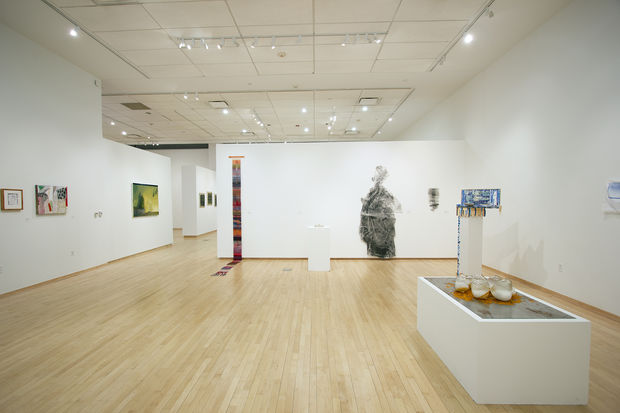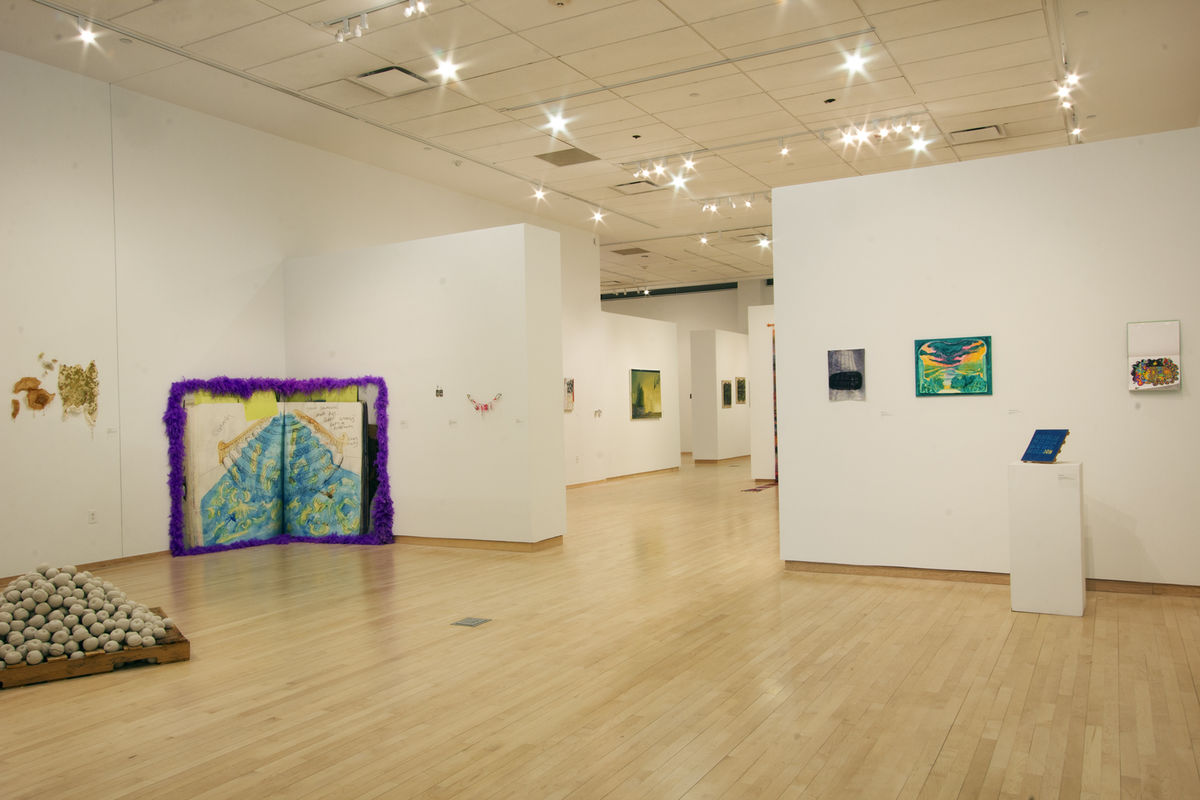William Toney on: Curating Meaningful Exhibitions

William Toney, Graduate Assistant at Temple Contemporary and current MFA candidate in Tyler's Photography program recently curated his first exhibition, Message Received, which was on view until June 17th. The exhibition engages artists from Tyler as well as Temple at large in conversations surrounding the relationships between visual art and the written word. Toney speaks on his experience curating this exhibition, his role working in Temple Contemporary this year, and what he hopes to bring to the space in the upcoming months.
Describe your role with Temple Contemporary? How does this position speak to your larger goals as an artist?
I am a Graduate Assistant at Temple Contemporary. In this role, I help with various projects from marketing, art handling, events, and other needs in the gallery. I have a background as a museum preparator. Temple Contemporary keeps my artistic and professional goal aligned. My goal is to be a studio artist.
Describe your artistic practice both in class and outside of Tyler? How does one inform the other?
I’m a lens-based artist interested in navigating experiences of otherness through photography and installation. I was exhibiting before graduate school. Tyler is helping me develop critical skills to further my work conceptually.
What was the process of curating Message Received like? How did you come up with the topic? Why does it interest you?
Message from Received came about from conversations with the Temple Contemporary team. I have an interest in curation and want to gain experience through my work with TC. Jova Lynne offered me the opportunity to work in curatorial assistance leading to me creating my own show in the spring. I first presented a few different ideas until we landed on a student and staff show. I’m interested in image as text and exploring ways in which language can stand in for the visual. I was interested in working with artists who were also thinking along the lines in their studio investigations.
What is important to take away from this exhibition?
This exhibition gives audiences the opportunity to activate other ways of looking. I hope people find themselves taking more time with the work to understand what the artists are trying to communicate.
Why did you choose to include submissions from other schools at Temple?
Temple has a pool of talent not limited to Tyler. It’s important to me that the exhibition represents more than BFA and MFA students. It gives us the opportunity to meet other thinkers/makers in the Temple community. For the selection process, I was looking for work that responds to or incorporates language. I like this broad approach to seeking work because I was open to the multitude of interpretations. In some cases, artists were using language directly, such as Lauren Whearty’s, ‘Calendar' painting of personal lists, or Kristin Nevill Taylor’s poetic musing on aluminum foil. In other cases, work that speculates on the future and the results of climate catastrophe. Sean M. Starowitz creatively uses language and materials associated with protest and rallies to imagine, sarcastically, what the future of climate activism might look like. Other works dealt with the concept more abstractly. Noa Hagiladi uses materiality to obscure her words, the fired glass becomes a palimpsest of the words that were legible before the finishing of the piece. These interventions in the ways of communicating through art and language became integral to the creation of message received.
What do you have in mind for future exhibitions?
I would like to continue exploring themes that interest me. In the future I look forward to working with artists on a project over a longer course of time. I’m looking forward to collaborating with artists to create shows that exceed their expectations of their own work and being able to facilitate the exhibition. I am also looking forward to including more participation from institutions outside of the gallery. I would like to work with artists who are interested in the crossover of art and other industries. For example, artists working within scientific fields and creating shows that include contributions of other professions within the work.
